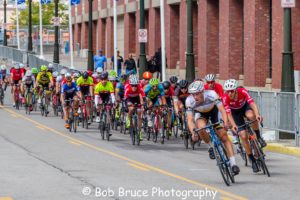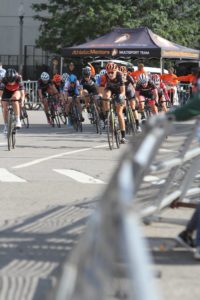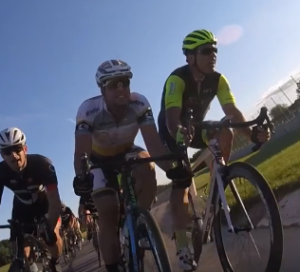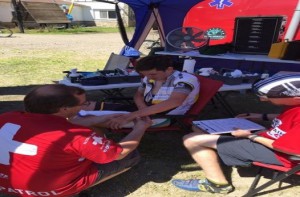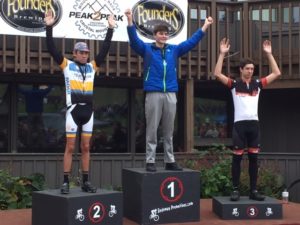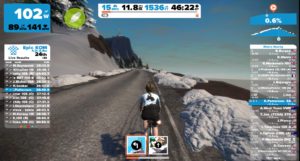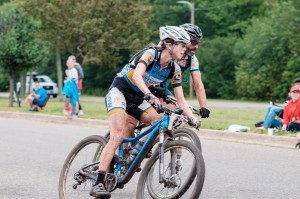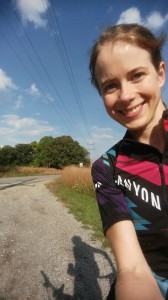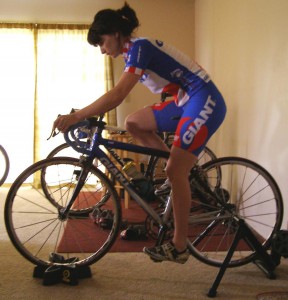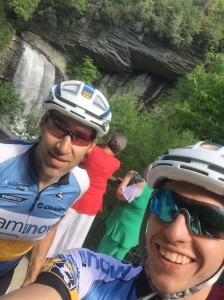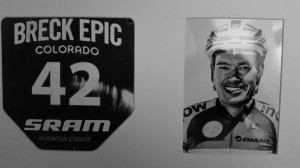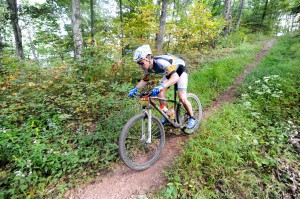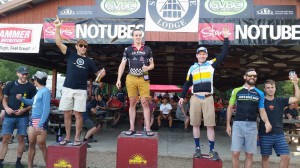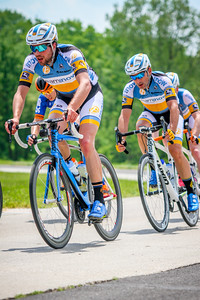By Amy Kimber
This year marks the 30th Anniversary of the Yankee Springs Time Trial on Saturday, April 27th. This is the longest running mountain bike race in the state of Michigan, beating Iceman by about 7 months.
This is an awesome event for all ages! Whatever your ability, we have something for you, and it’s free for our young racers to comp ete! Make it a family event!
ete! Make it a family event!
Athletic Mentors is proud to be running the Kids Race and Team Members will be there to support and motivate the young riders. This event has been known to attract around 80-100 kids ages 2-12 years old (we will let older kids race too). These races are free, but make sure to sign up the day of the race.
Strider racers will have their own grass loop, it includes a small uphill and some big pine trees to navigate around. There is plenty of viewing for family and friends.
Our youngest pedalers will have a challenging loop with a combination of single track and a grassy field, it’s about a ½ mile in length. The older kids will choose between one or two laps on the famous 2 mile Yankee loop known to the locals as the “warm-up loop.” It’s 100% single track. The course offers rocks, roots, and some challenging sand pits for kids to navigate.
Come out and enjoy the day to expose your kids to the sport of mountain biking and trail riding at 8833 Twin Creek Dr, Middleville, MI. We will have plenty of volunteers to monitor and supervise your kids during the race. All the kid racers will receive an award!
Along with being a fun event, all proceeds go directly towards maintaining and building the many wonderful trails right here in Western Michigan.
The race schedule is listed below or visit http://yankeespringstt.org/race-day/ for more details.
Strider Race – 11:30
The Striders (bikes without pedals) will race multiple loops on a grass loop with plenty of opportunity for families and friends to cheer. This race will last roughly 15 minutes.
Beginner Race – 12:00
The beginner race will be 1/2 mile long and will consist of a mixture of single track and double track. Beginner racers should feel comfortable riding on trail and uneven terrain.
Intermediate Race – 12:30
The intermediate race will be 2 miles long and is mostly single track. Intermediate racers should have the endurance to race 2 miles and the ability to handle single track on uneven terrain. The single track is mostly hard packed dirt but does have some sandy spots with a few rocks and roots.
Expert Race – 12:30
The expert race will be 4 miles long and is mostly single track. Expert racers should have the endurance to race 4 miles and the ability to handle single track on uneven terrain. The single track is mostly hard packed dirt but does have some sandy spots with a few rocks and roots.






